Another SCAdian posted to the SCA scribal list, and mentioned having read of the Elisavetgrad Gospel in an article online (http://libsu.uni-sofia.bg/news.php?extend.22) and wondering if there was an online reproduction of it. I did some searching online and was able to turn up this site:
https://runivers.ru/lib/book6967/199473/
A quick translation of the site describes it thus:
“The Elisavetgrad Gospel is one of the most notable ecclesiastic parchment manuscripts preserved in the collection of the Russian State Library. The date of the book’s creation is controversial. It was previously believed to have been created in the early 17th century by the scribes of the Moldavian Metropolitan Anastasij Krimkovich. However, the Bulgarian researcher Maria Spasova recently recently dated it, based on linguistic and paleographic analysis, to the turn of the 15th-16th centuries.
“The Elisavetgrad Gospel is based on the famous London Tetrevangeleon of 1356, created in Bulgaria for Tsar Ioann Aleksandr Asen; the Tetrevangelon, in turn, was a copy by Bulgarian scribes of an 11th-century Byzantine Tetrevangeleon, now preserved in the National Library of France in Paris.
“The early history of the Elisavetgrad Gospel is unknown: the manuscript was discovered by researchers only in the 1880s in the city of Elisavetgrad (Kherson province, today known as Kirovograd), from which it got its name. A bit later, it was sent to Petersburg for study by N.V. Pokrovskij, an art historian, professor at the St. Petersburg Theological Academy, and director of the Archeological Institute. N.V. Pokrovskij published the first scientific study of the Elisavetgrad Gospel (dating it to the turn of the 14th-15th centuries), along with photographs of some of the manuscript pages (see: Покровский Н.В., Евангелие в памятниках иконографии преимущественно византийских и русских. СПб., 1892. pp. 20-27.) Then the manuscript was returned to Elisavetgrad, and remained there until at least 1914. In the 1920s-1930s, however, all traces of the book were lost. In 1963, M.V. Schepkina discovered the book in the Lenin State Library (today, the Russian State Library) (see: Щепкина М.В., Болгарская миниатюра XIV в. М., 1963. pp. 90, 92–100). According to its credentials, the library obtained it in 1940 from a private donor.
“Due to its unique artistic features, the Elisavetgrad Gospel is recognized to be a rarity in global book culture. It has become a textbook for research dedicated to evangelistic miniatures.
“Unlike the liturgical Gospel of the Aprakos, in which the chapters of the four Gospels are read together, following the annual cycle of their readings in church service (starting with Easter), a Tetrevangeleon contains the full text of all four gospels: Matthew, Mark, Luke and John, read in sequence.”
The site has links to a several reproductions of the full book. Clicking on the image of the book on that site will bring up a navigator that allows you to view the page images one by one, but I unfortunately found that link to be a bit flaky. Below, however, there is a link to “скачать” (download) a PDF version of the book, which is just as amazing. The PDF is located online here:
https://runivers.ru/upload/iblock/c7a/Evangilie.pdf
Most of the pages have a mark to indicate which Gospel it belongs to. Near the top, you can see an abbreviation of the author’s name:
- МФ – “MF” Matthew (Matfej)
- МР – “MR” Mark
- ЛУК – “LUK” Luke (Luka)
- IW – “IO” John (Ioann)

Matthew 
Mark 
Luke 
John
Each book starts with what appears to be a list of chapters, and a carpet page with a large illumination showing the author at work:
Each chapter also starts with some fancy knotwork at the top of the first page:
The books are sprinkled with marvelous illuminations of the scenes from the life of Christ. Some scenes appear in multiple books, showing different interpretations of the same scene.

The Nativity 
The Baptism 
The Miracles, Including Healing the Blind 
Casting Out Demons 
The Transfiguration 
Fishing in Gallilee 
Christ Walks on Water 
Entry into Jerusalem 
The Last Supper 
The Last Supper 
Christ is Arrested 
Judas Hanged 
Carrying the Cross to Golgotha 
The Crucifixion 
The Entombment 
Harrowing of Hell 
Discovering the Tomb is Empty 
The Ascension 
Destruction of Sodom and Gomorrah, Lot’s Wife Turned to Salt 
Beheading of John the Baptist 
Beheading of John the Baptist 
Revelations
It’s interesting to note that on a number of pages, the illuminations have stained the opposite page, leaving a mirror imprint of the image which are easily visible in the digital version.

A number of the illuminations have cool little details inspired by medieval life in Russia, or fanciful imaginations.

Is that a camel or a giraffe? 
Nice tunic in yellow. Is that a sun shade on his right, next to the building? 
Nice pointy hats. 
Neat cloaks and hoods. 
Ladies carrying brooms? 
Love the soldiers’ hats. 
The item on the table looks like a samovar. 
Nice kokoshnik. 
The crown and the soldier’s spear/shield caught my eye. 
Creative cooking 
Cool throne, bro. 
Shepherd and flock. 
Picking dates? 
Interesting tree… 
Nice design on the tablecloth. 
Well…! 
Cloaks and hoods. 
Another kokoshnik. 
Cool floral decoration. Cornflowers? 
Agricultural details. 
Two-fisted griller. 
Boar 
Now that’s a fire! 
Interesting battle scene, with cannonballs.
The text is in a nice poluustav (semi-uncial) hand, I’ll need to do some more paleography on it someday!

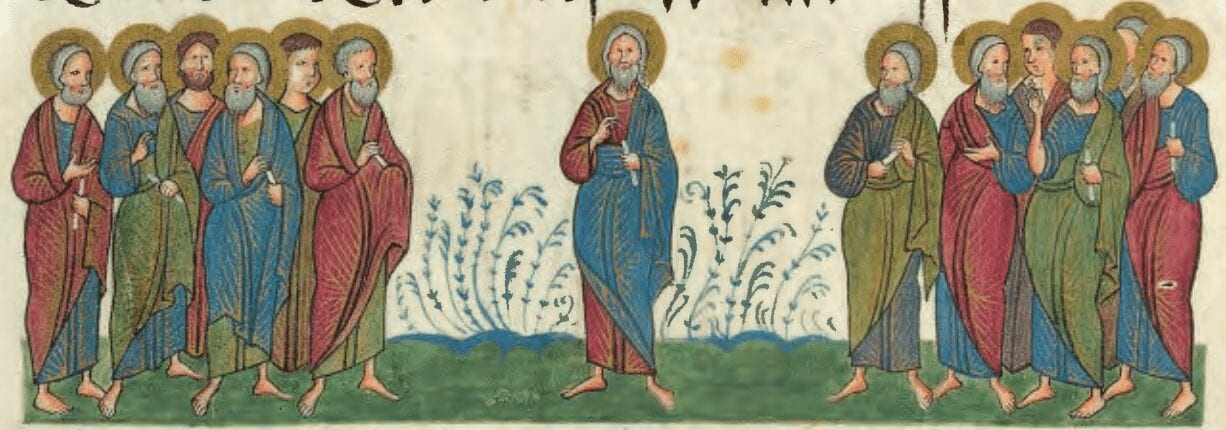
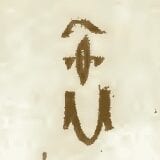
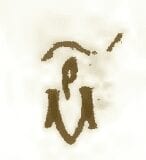
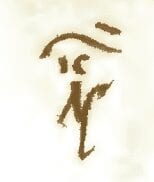






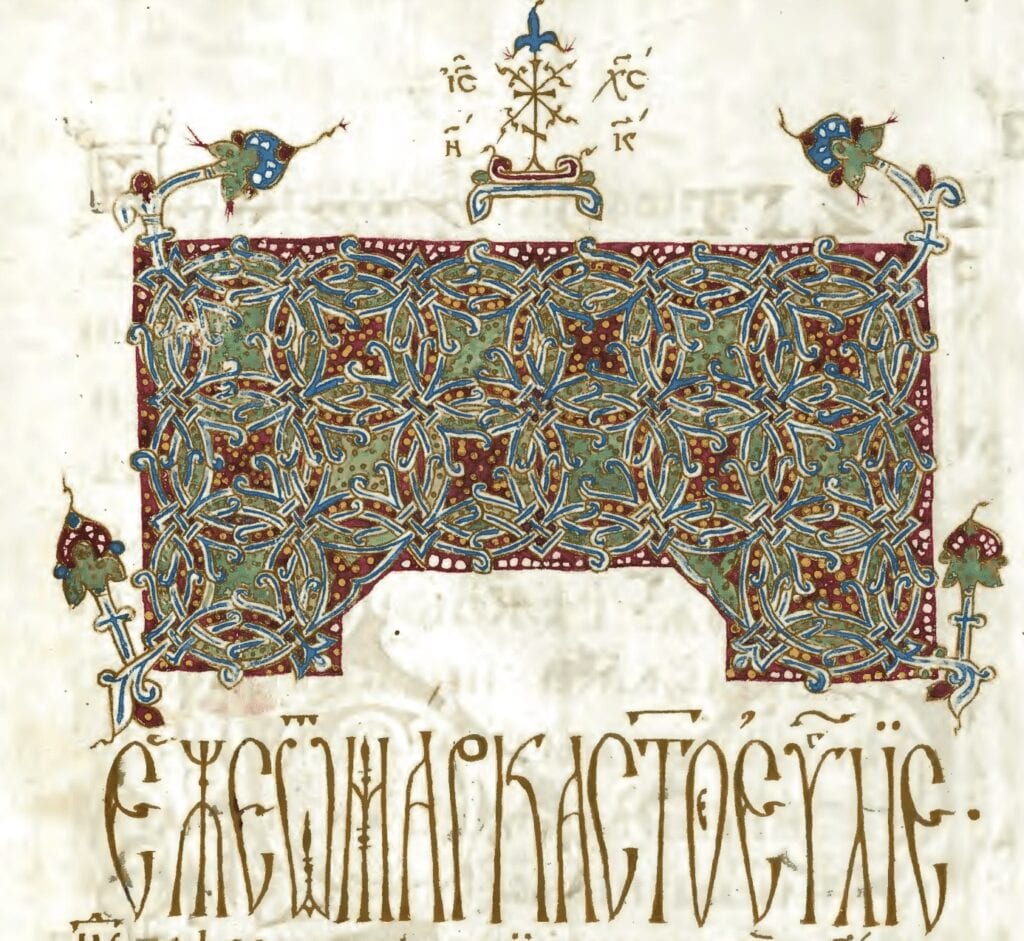

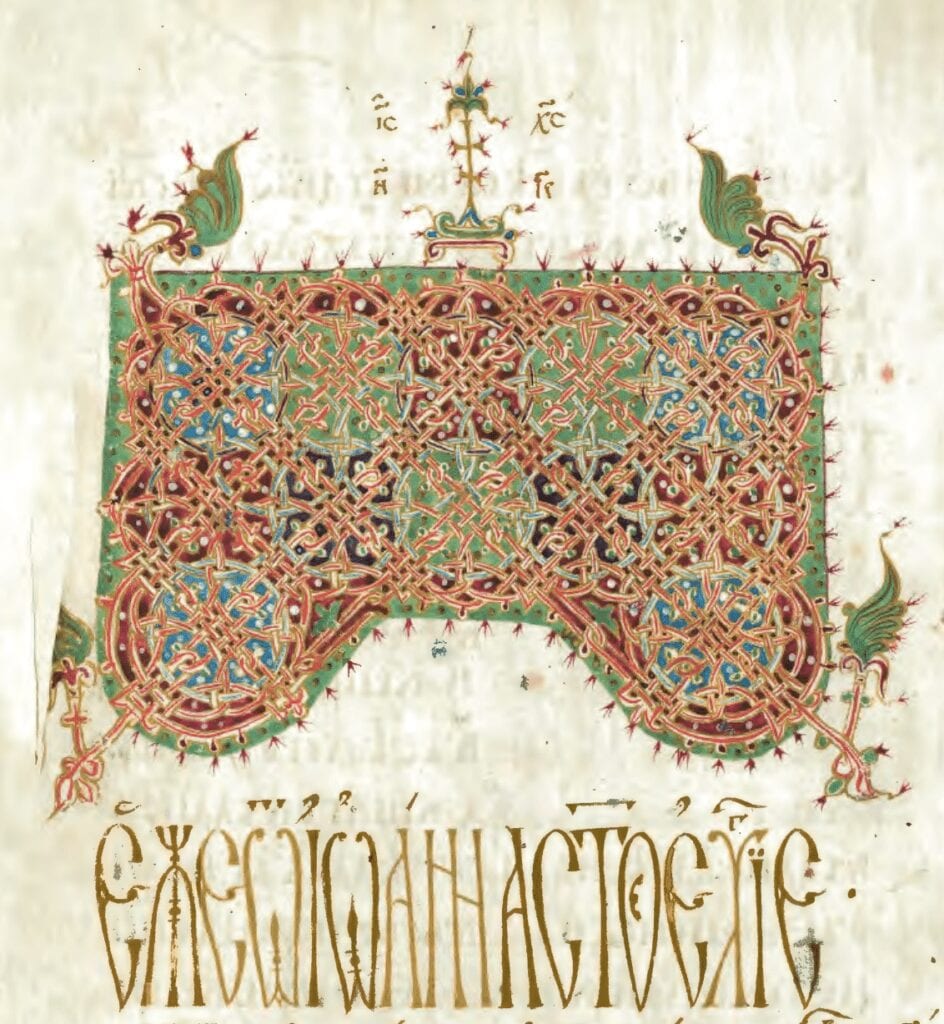
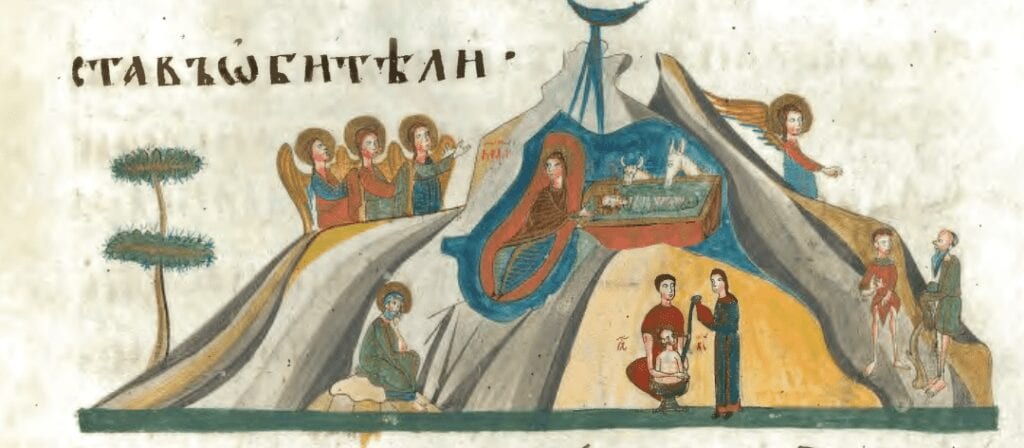

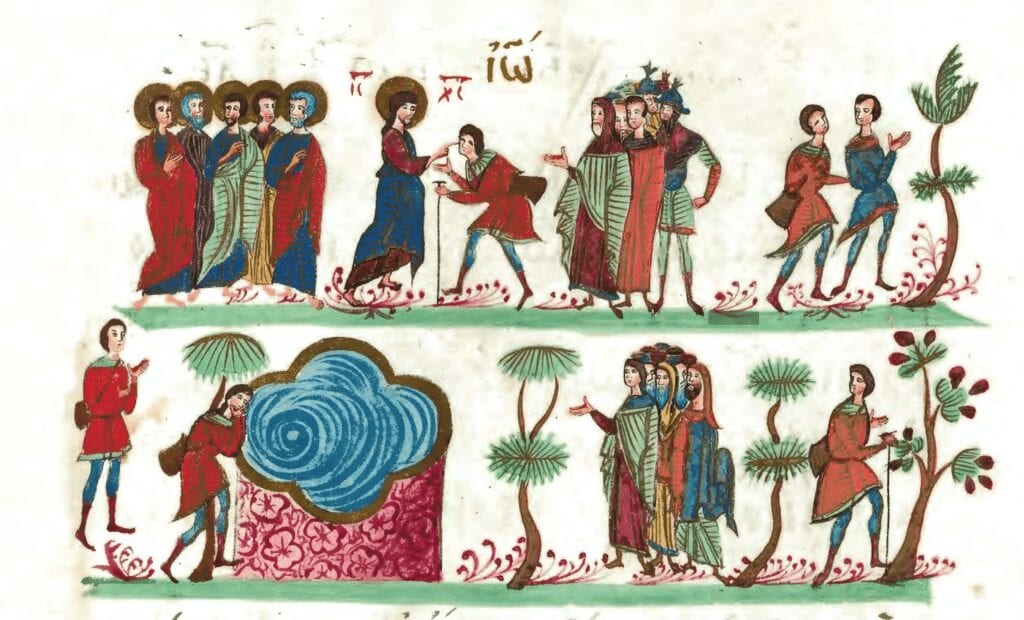

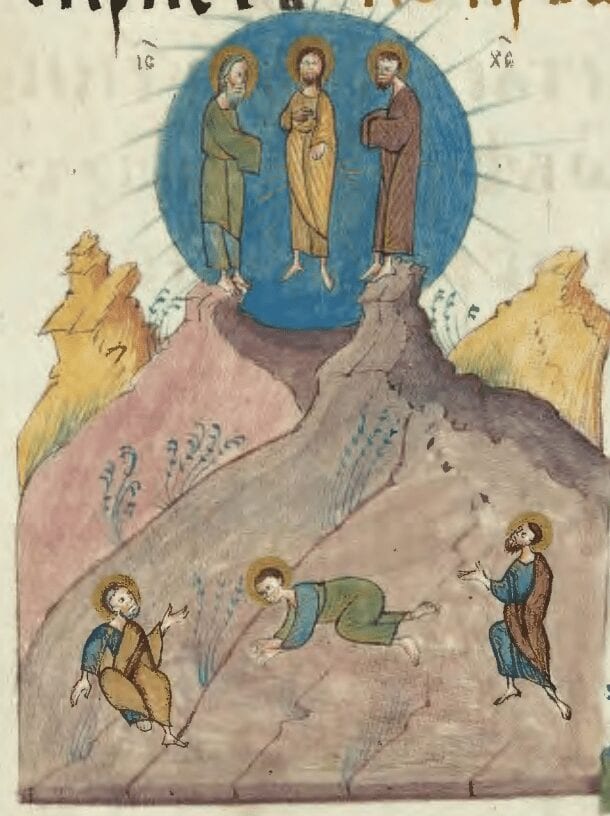
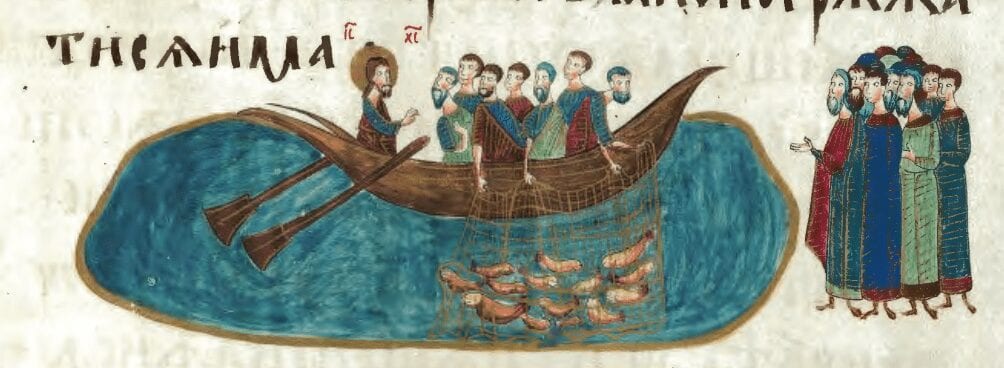

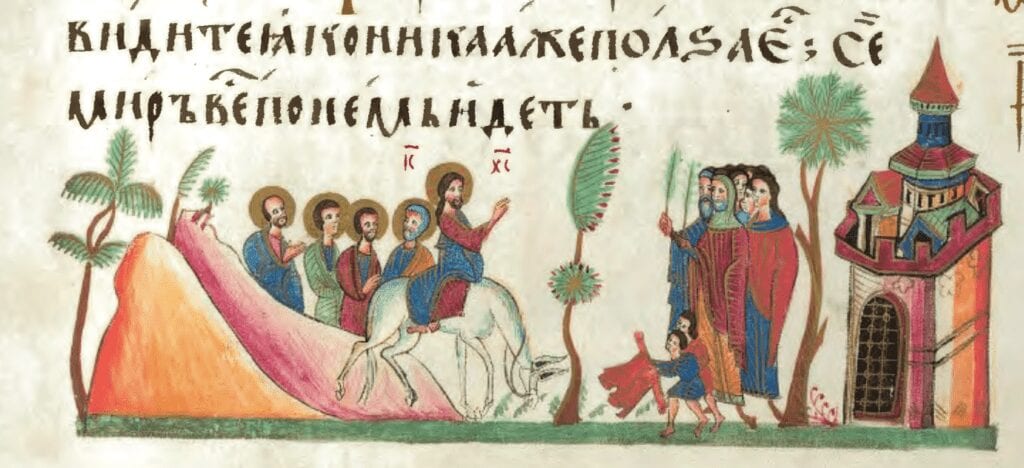
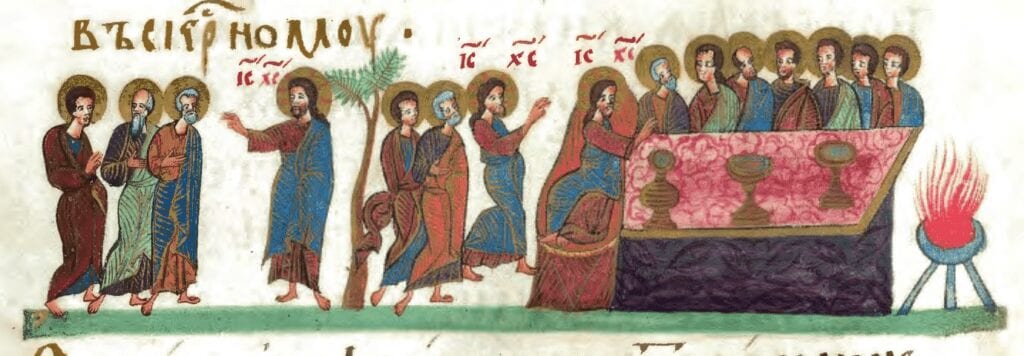


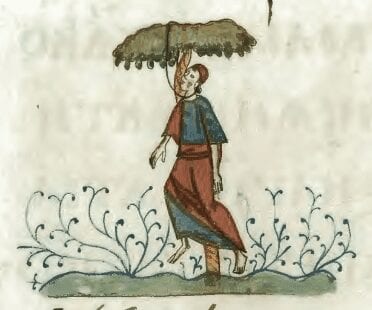
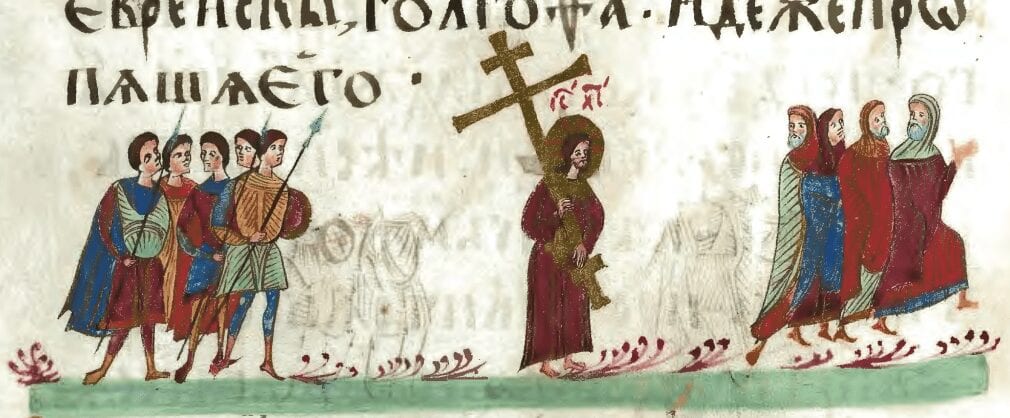
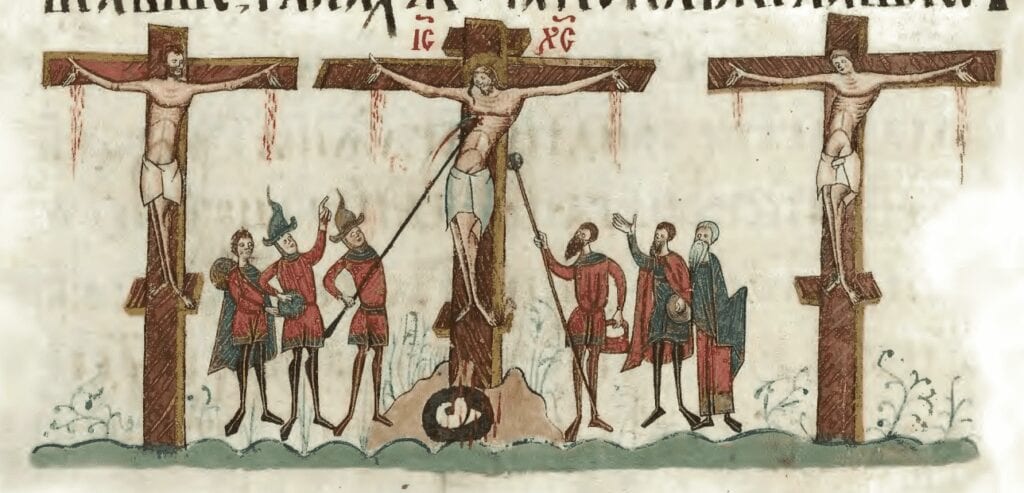
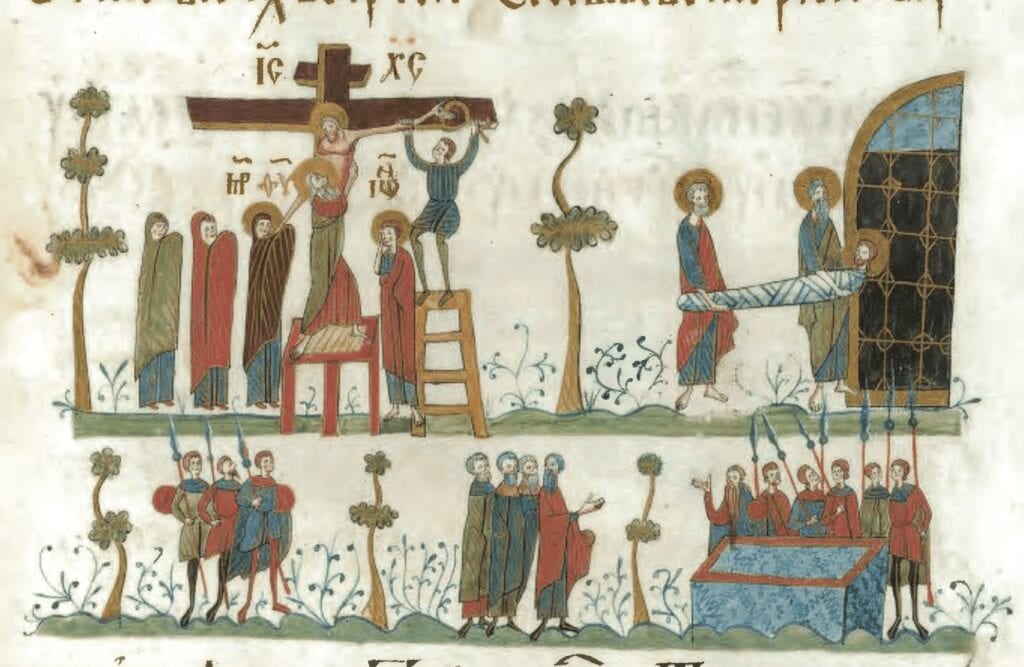
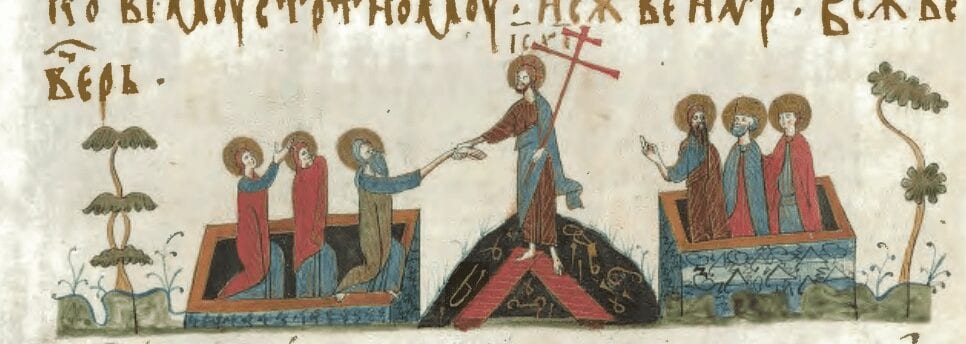


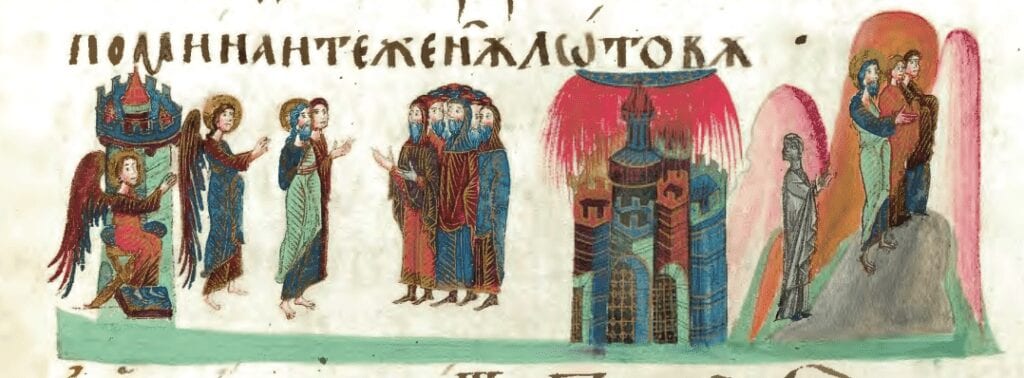
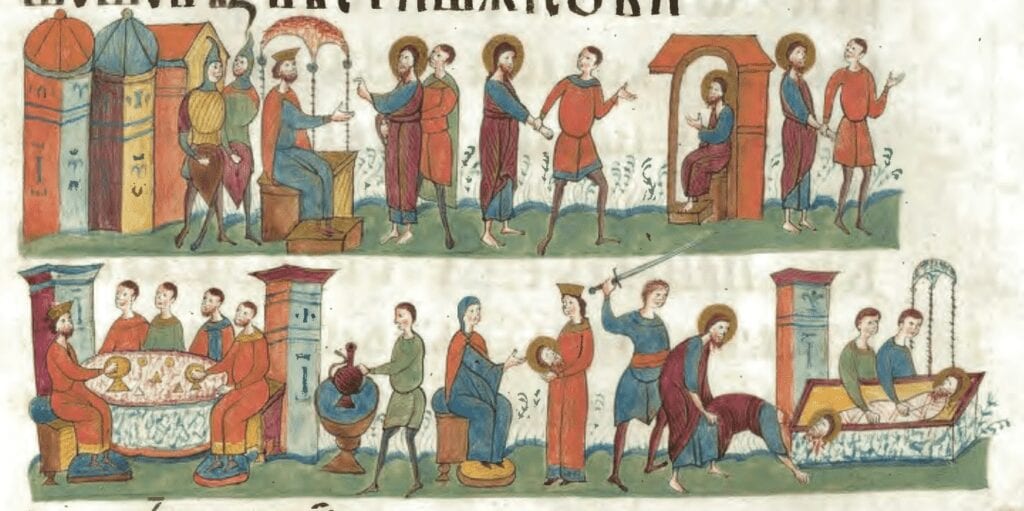
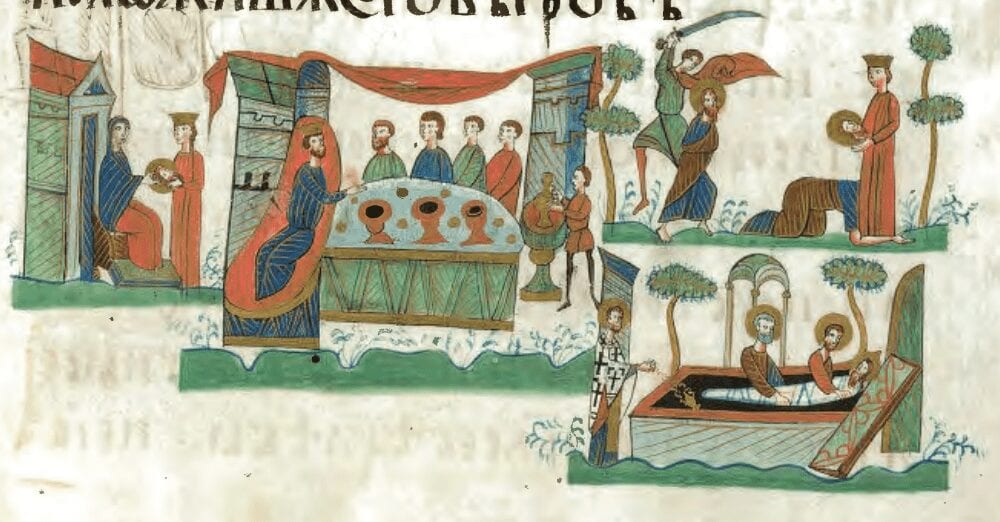
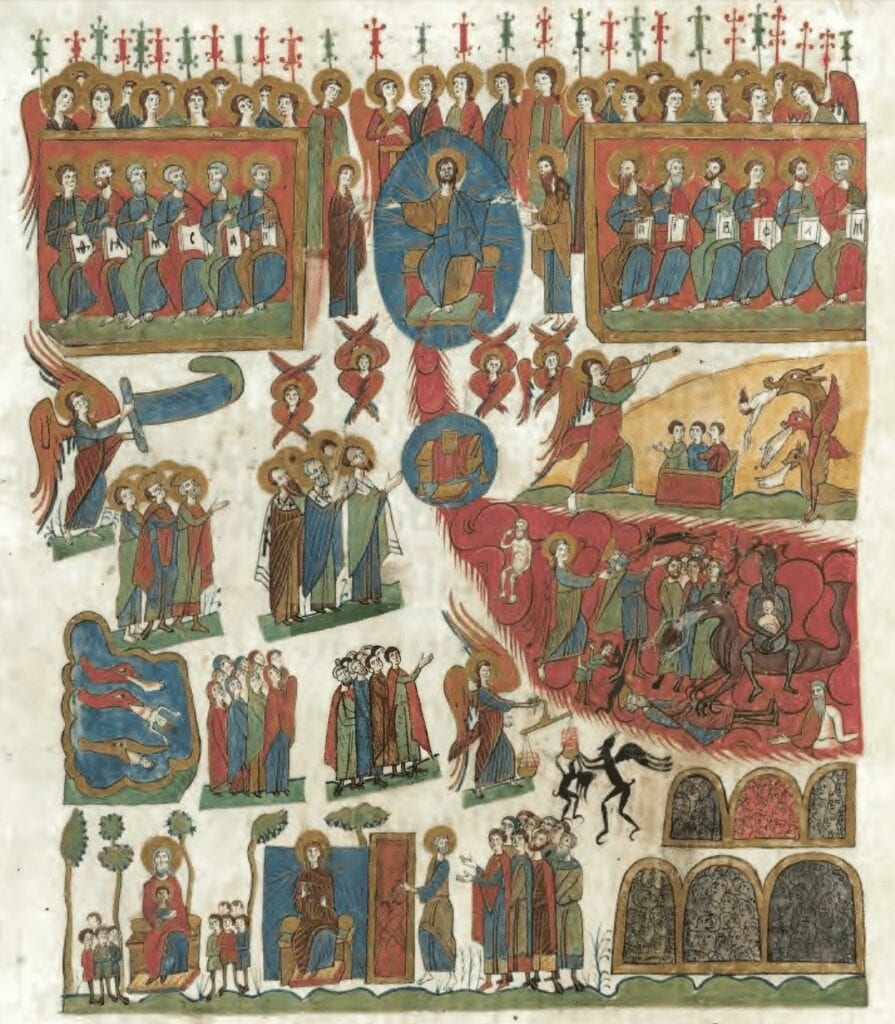


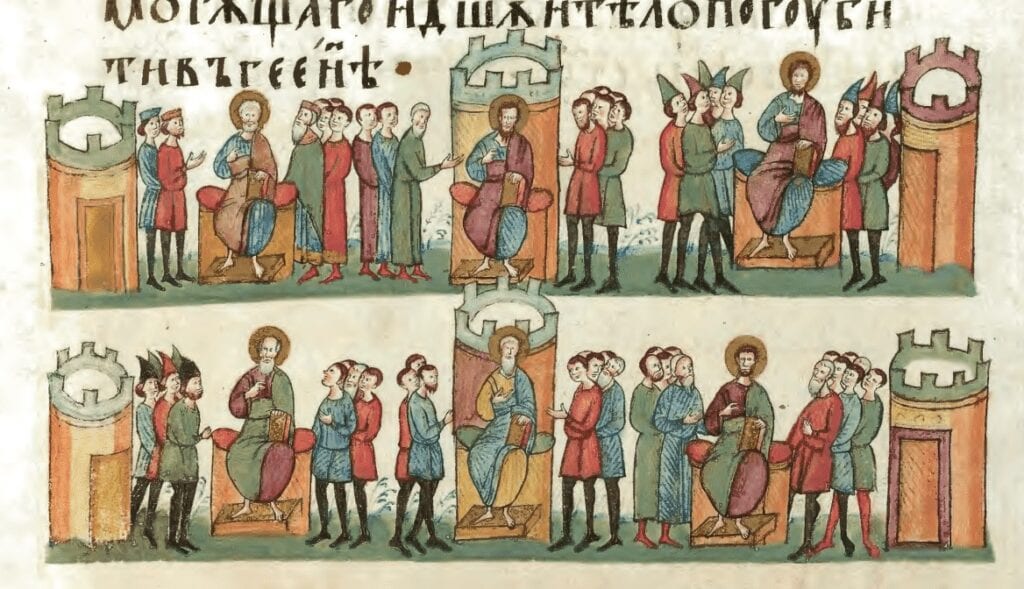

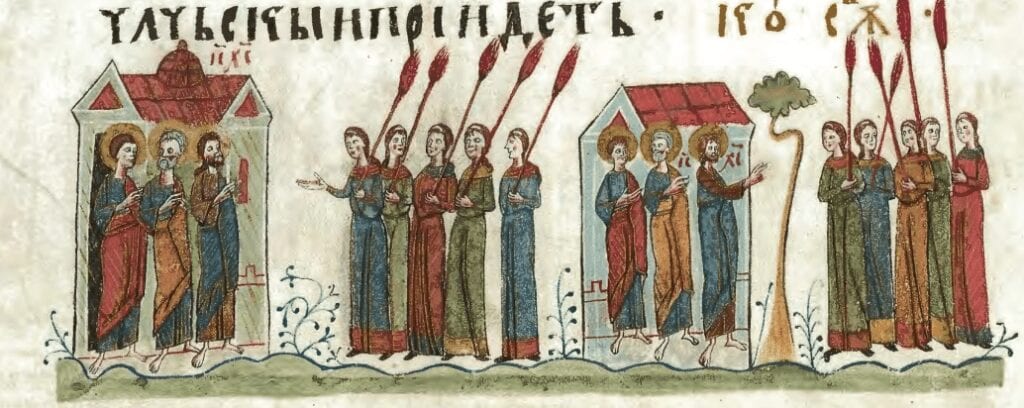
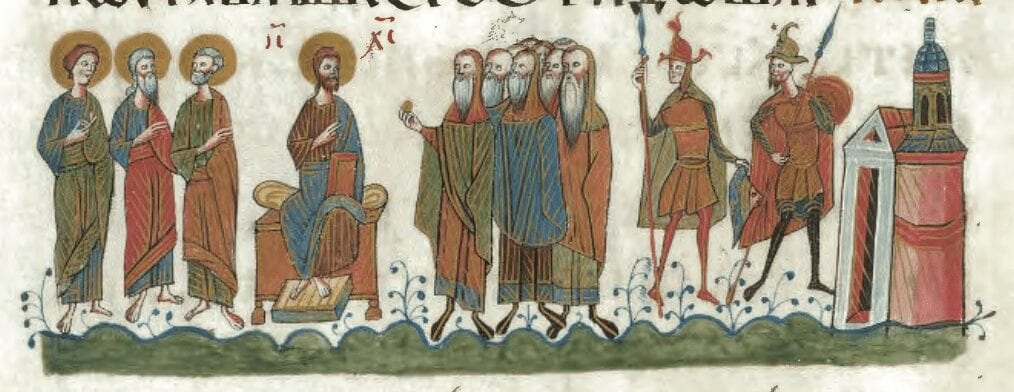

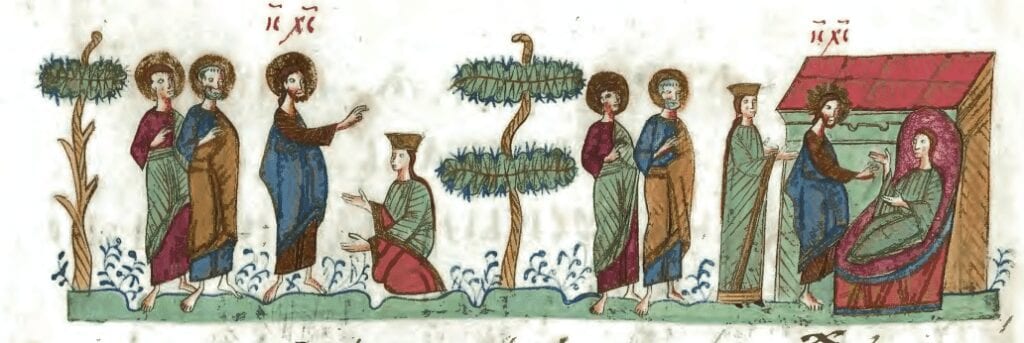

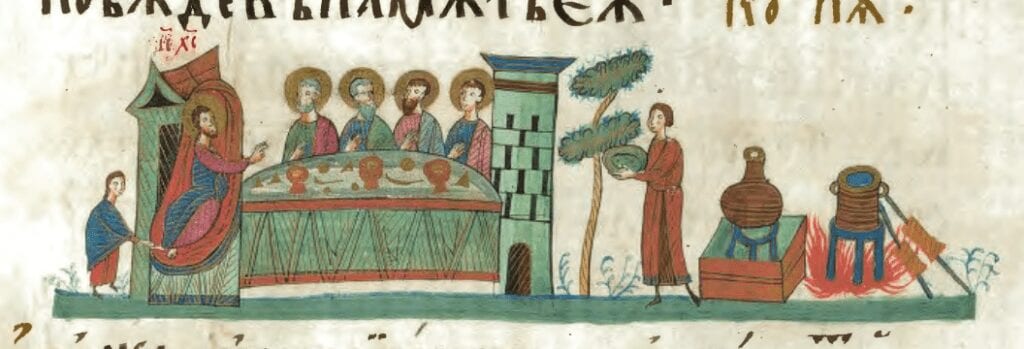

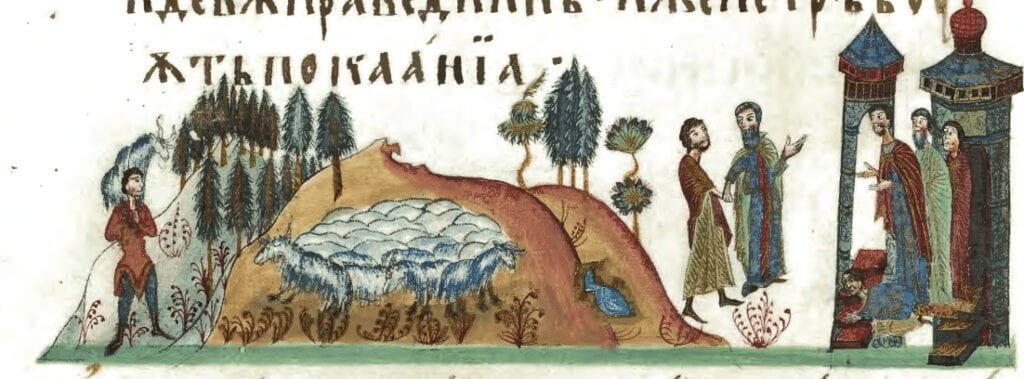



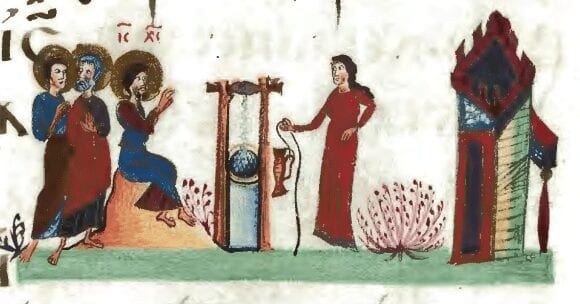

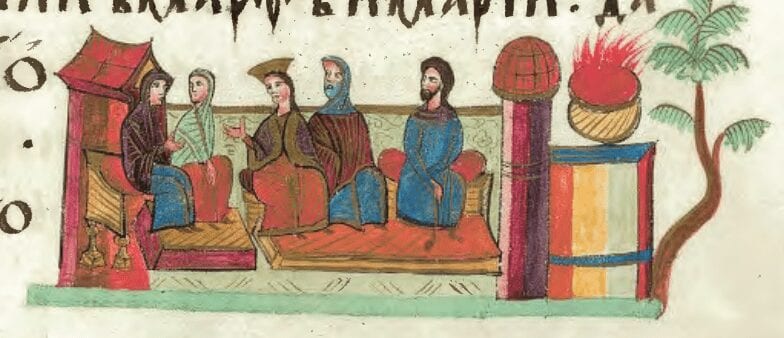
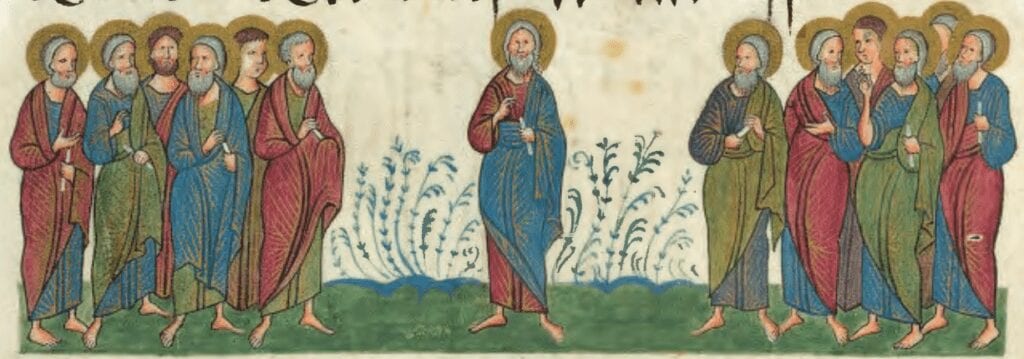

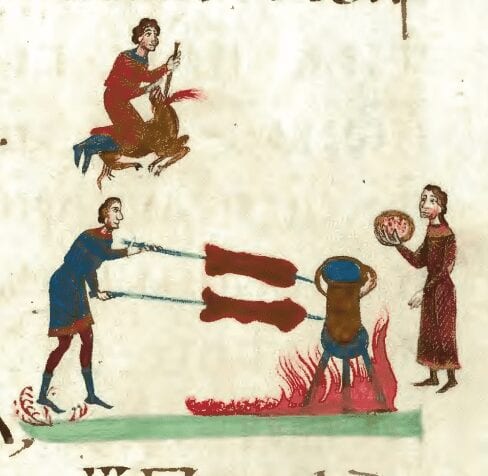


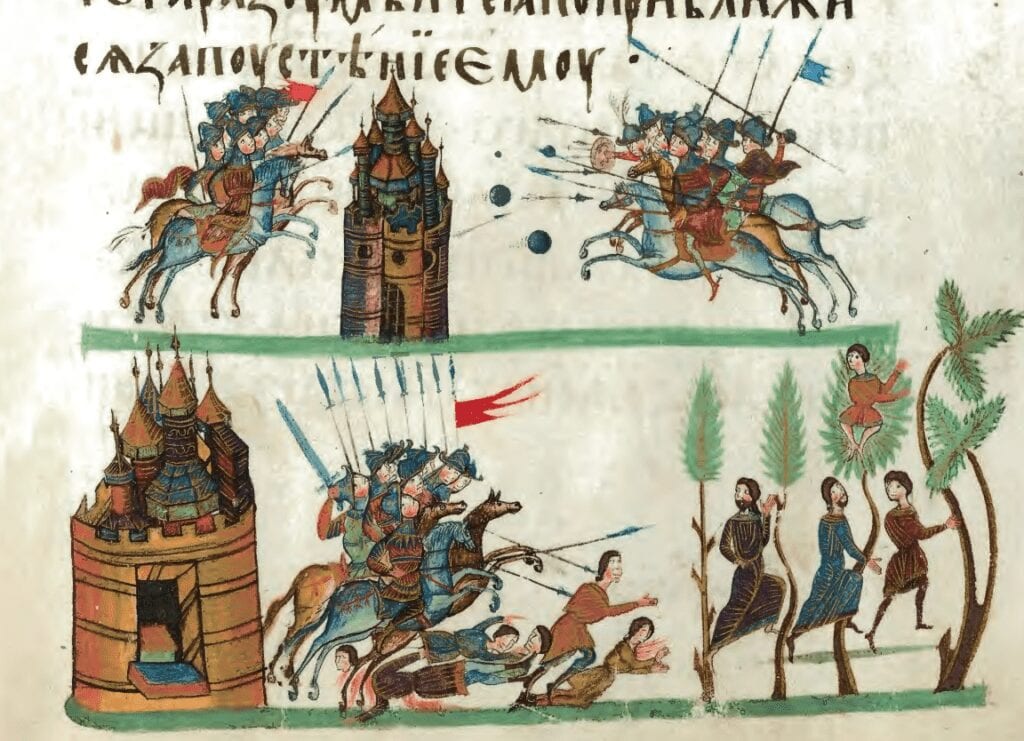
For all the SCA scribes attempting to create scrolls for people with Russian personas, Thank you. You do us all a great service. Best Regards.
Glad to be of assistance!